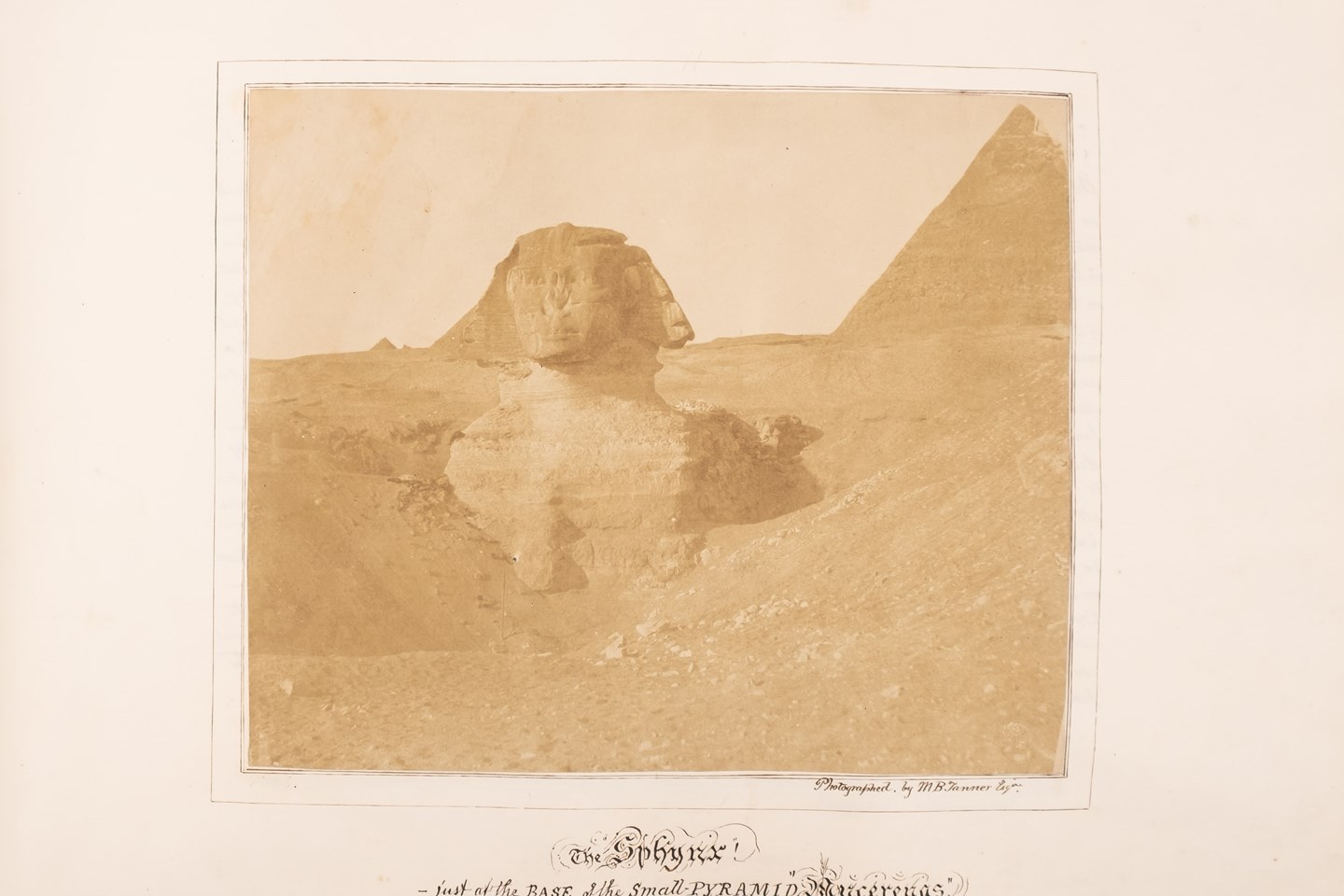In my line of business, I have heard the story ‘Granny was given it personally by Queen Victoria’ countless times and equally have drawn an incredulous face when I say ‘Can you prove it’. Of course, everyone wants their story to ring true, because previous or auspicious ownership can add value to an object. In short we are talking about provenance. The Rhead-Cronin Collection has provenance as good as it comes - the late Richard Harry Rhead-Cronin was the son of Marie Rhead, the eldest daughter of Frederick Alfred Rhead and sister of Frederick Hurten Rhead, Charlotte Rhead and Adolphine Rhead. So it means that the drawings, paintings and ceramics he accumulated were likely either to be gifted or retained within the family by intent.

Frederick Alfred Rhead an oil on board depicting
a scene from the Rubiayat of Omar Khayyam (FS21)
One can only surmise why? There could be any number of reasons, personal pride in the work might be one, or maybe even the opposite…not sure about that one - lets put that back in a dark cupboard! They could be left over items from a spot of freelancing, private work on blanks removed from the factory or even personalised gifts passed within the family.

Frederick Alfred Rhead a pate sur pate vase depicting
a scene from the Rubiayat of Omar Khayyam (FS21)
For me, the most interesting items are those accompanied by the original artwork things that tell a story of work in progress such as the oil on board painted by Frederick Alfred Rhead that appears with several adjustments in stunning pate sur pate on what looks to be a Minton blank. It depicts a line from verse forty eight of the Rubaiyat of Omar Khayyam. ‘And when the angel with his darker draught draws up to thee, take that and do not shrink’. One wonders whether the painting was actually intended as a working study for the vase or whether he sought inspiration from it at some later point. In transition from board to porcelain the colour of the cloak has changed, almost certainly to accommodate the limitations of the pate sur pate technique which is most effective in white and also it seems our angel has changed sex.

Frederick Alfred Rhead a source watercolour and a tubelined plaque (FS21)
Another watercolour by Frederick seems far more straightforward as an almost direct template that was subsequently used as a tile design although one wonders whether it was he or Charlotte that actually undertook the tubelining for it. I am pretty sure it is her work, but what do you think?







